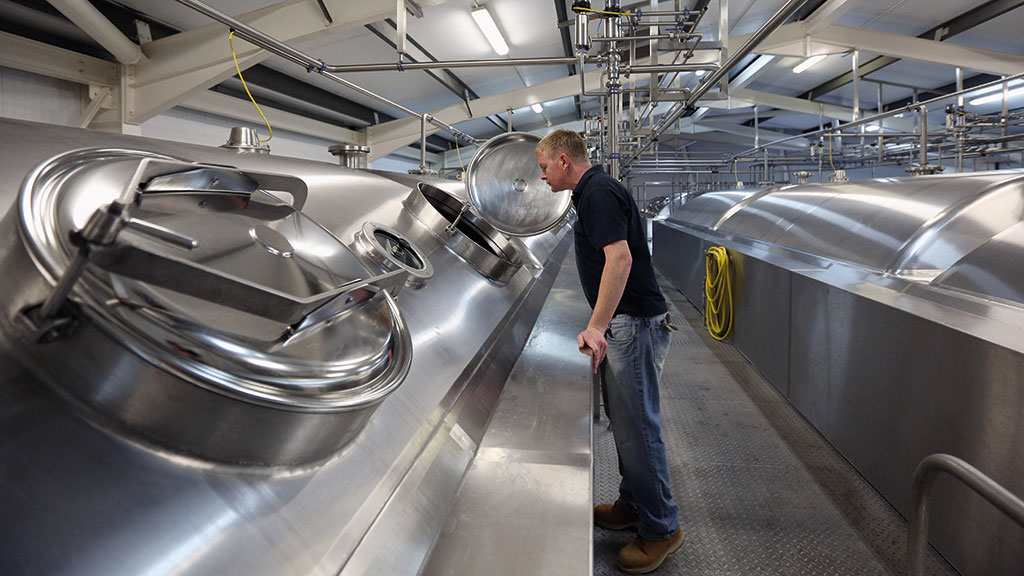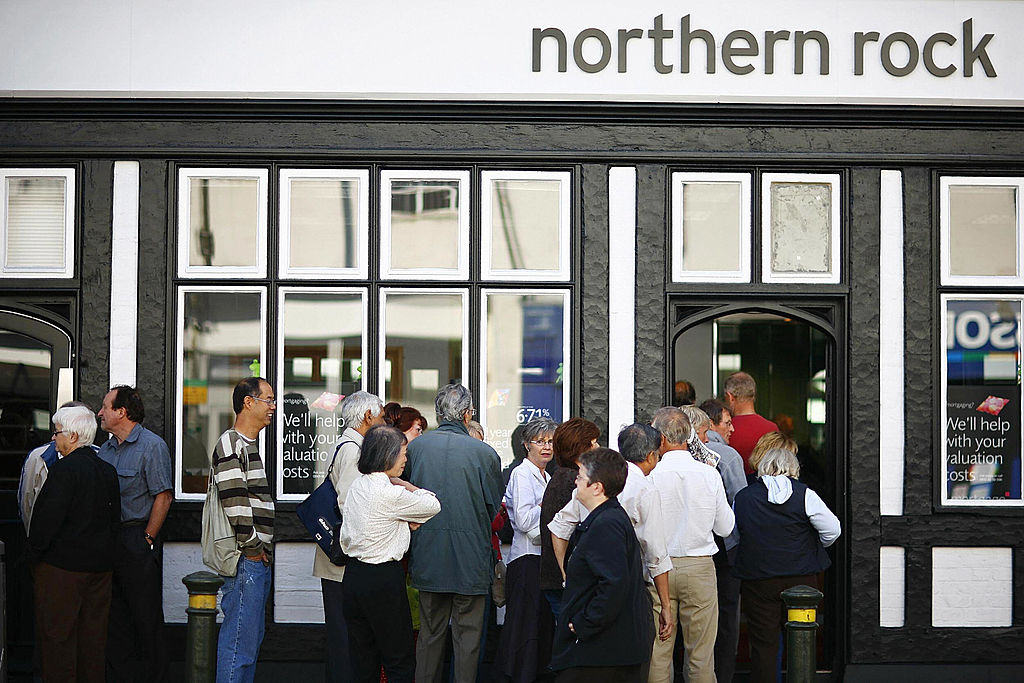How best to finance your business's assets
Banks won’t lend much to small businesses, but there are plenty of other sources of cash.


British businesses borrowed more money using asset finance than ever before in 2019. Asset financing– borrowing against physical assets ranging from plant and machinery to vehicles and commercial premises – rose by 6% to £35.7bn, according to the Finance & Leasing Association. The Bank of England says banks lent just 0.8% more to small and medium-sized enterprises (SMEs) last year.
The advantages of asset finance include easier access to money, lower costs and greater flexibility. Since businesses are borrowing against the value of a physical asset the lender feels more comfortable advancing credit. And businesses acquire new assets as they grow, allowing them to secure more finance; the facility thus grows in line with the borrower.
The two main options for small business finance
Asset finance comes in different forms. The most straightforward arrangement is a hire-purchase option. A business looking to acquire a particularly expensive asset borrows the upfront purchase price from the lender, repaying the loan in monthly instalments and using the asset as security in the arrangement. In leasing deals the lender buys the asset and the borrower pays a monthly fee to rent it for an agreed period. At the end of the term the business can renew the lease, upgrade to a newer asset or buy it outright.
MoneyWeek
Subscribe to MoneyWeek today and get your first six magazine issues absolutely FREE

Sign up to Money Morning
Don't miss the latest investment and personal finances news, market analysis, plus money-saving tips with our free twice-daily newsletter
Don't miss the latest investment and personal finances news, market analysis, plus money-saving tips with our free twice-daily newsletter
Which of these models suits your business best will depend on your circumstances and what you need to acquire. With a hire-purchase contract, you own the asset from the start and are responsible for servicing and maintenance, but you will pay a premium to cover the lender’s costs. With leasing the lender often takes on servicing duties, while you can also upgrade assets regularly. But this may prove more expensive overall.
Tax may also be a consideration. Hire-purchase assets sit on your balance sheet straight away. This may entitle you to use the annual investment allowance, which this year enables you to deduct up to £1m of investment from your profit before paying tax. Leasing counts as an operating cost and can be written off against your gross profit.
You don’t have to use asset finance to acquire new assets. If your business already owns physical assets but needs to raise finance for another reason, you may be able to borrow against the value of these assets. Lenders will typically consider advances worth up to 80% of the value, releasing funding that can be used for any purpose.
Shop around for the best deal in an increasingly competitive asset finance marketplace. Online platforms such as Funding Options are a good starting point.
Co-working: is sharing an office a good idea?
The co-working phenomenon is gathering pace in the UK, with more and more businesses renting space in a shared office building. The biggest co-working firms’ portfolios increased by 22% in 2019, according to law firm Boodle Hatfield. WeWork’s portfolio alone increased by 30%, while competitors such as Regus are rising to the challenge. Its new 80,000 square-foot office complex in Victoria is its largest London site on record.
But while co-working spaces are popular with start-up businesses and, increasingly, larger companies, do they suit your firm? Advantages include not having to worry about equipping the office or dealing with telecoms, utility and IT providers; moreover, you can easily take on more space as your business grows.
Co-working fans also point to the soft advantages of working alongside other growing businesses, including networking opportunities and the business support services some venues now offer.
However, there are downsides too. Above all, co-working spaces often prove far more expensive than traditional offices, particularly over the longer term. With so many services bundled into the headline price, it’s not always obvious what you’re paying for. If you want dedicated, private space, you’ll pay a premium. Co-working spaces can also be noisy and cramped.
Get the latest financial news, insights and expert analysis from our award-winning MoneyWeek team, to help you understand what really matters when it comes to your finances.

David Prosser is a regular MoneyWeek columnist, writing on small business and entrepreneurship, as well as pensions and other forms of tax-efficient savings and investments. David has been a financial journalist for almost 30 years, specialising initially in personal finance, and then in broader business coverage. He has worked for national newspaper groups including The Financial Times, The Guardian and Observer, Express Newspapers and, most recently, The Independent, where he served for more than three years as business editor.
-
 How cancelling unused direct debits could boost your pension by £37,000
How cancelling unused direct debits could boost your pension by £37,000A new year refresh of your spending could save you money and help boost your pension pot.
-
 NS&I cuts interest rates on 8 savings accounts
NS&I cuts interest rates on 8 savings accountsNS&I will now offer less attractive interest rates for customers wishing to lock their savings away to grow for one, two, three or five years.
-
 Why Scotland's proposed government bonds are a terrible investment
Why Scotland's proposed government bonds are a terrible investmentOpinion Politicians in Scotland pushing for “kilts” think it will strengthen the case for independence and boost financial credibility. It's more likely to backfire
-
 How have central banks evolved in the last century – and are they still fit for purpose?
How have central banks evolved in the last century – and are they still fit for purpose?The rise to power and dominance of the central banks has been a key theme in MoneyWeek in its 25 years. Has their rule been benign?
-
 UK to have highest inflation among advanced economies this year and next, says IMF
UK to have highest inflation among advanced economies this year and next, says IMFThe International Monetary Fund (IMF) says it expects inflation to remain high in the UK, while lowering economic growth forecasts for 2026.
-
 Is Britain heading for a big debt crisis?
Is Britain heading for a big debt crisis?Opinion Things are not yet as bad as some reports have claimed. But they sure aren’t rosy either, says Julian Jessop
-
 'Britain is on the road to nowhere under Labour'
'Britain is on the road to nowhere under Labour'Opinion Britain's economy will shake off its torpor and grow robustly, but not under Keir Starmer's leadership, says Max King
-
 'Governments are launching an assault on the independence of central banks'
'Governments are launching an assault on the independence of central banks'Opinion Say goodbye to the era of central bank orthodoxy and hello to the new era of central bank dependency, says Jeremy McKeown
-
 Why investors can no longer trust traditional statistical indicators
Why investors can no longer trust traditional statistical indicatorsOpinion The statistical indicators and data investors have relied on for decades are no longer fit for purpose. It's time to move on, says Helen Thomas
-
 Live: Bank of England holds UK interest rates at 4.5%
Live: Bank of England holds UK interest rates at 4.5%The Bank of England voted to hold UK interest rates at their current level of 4.5% in March, as widely anticipated, after inflation rose to 3% in January